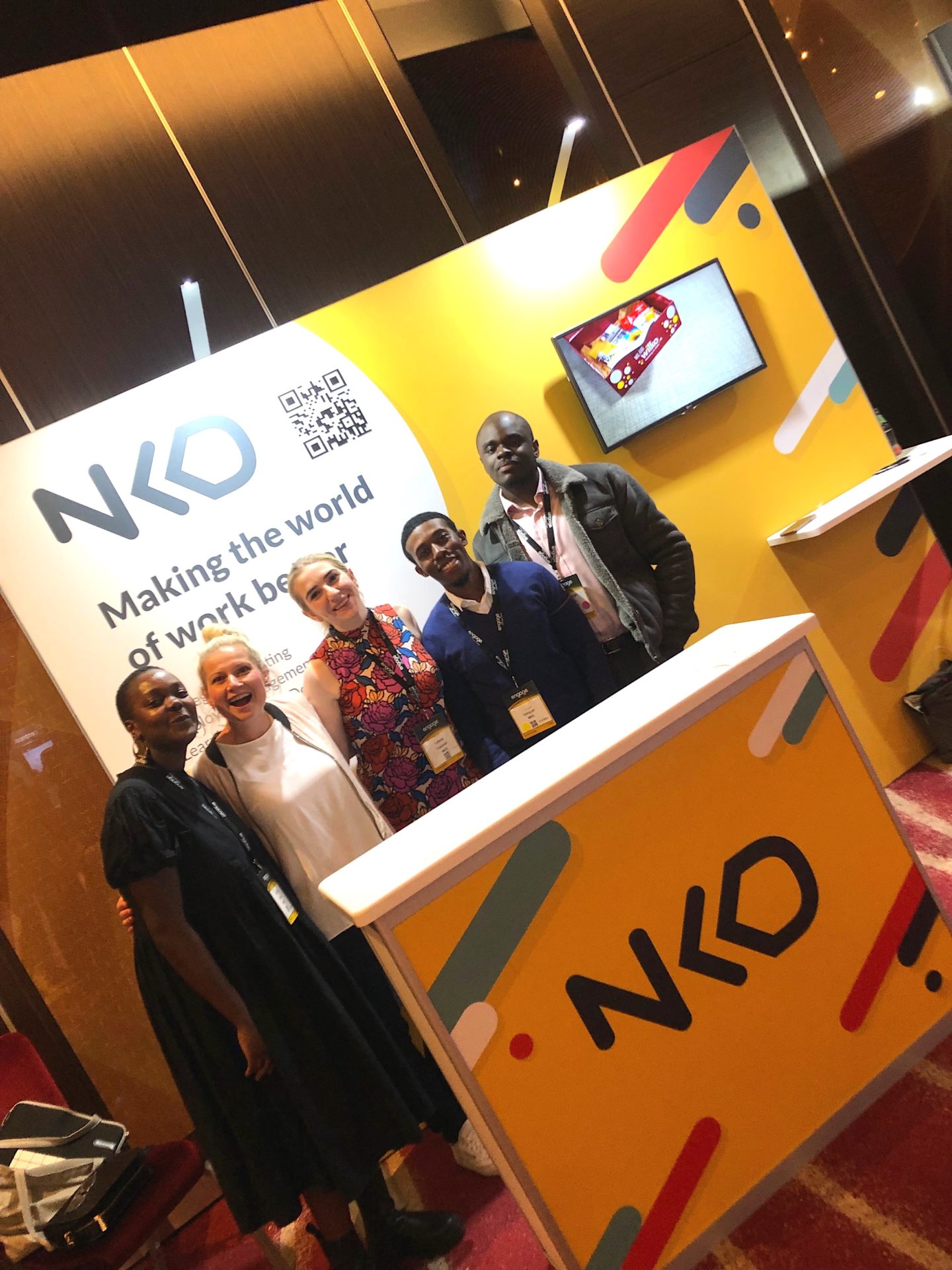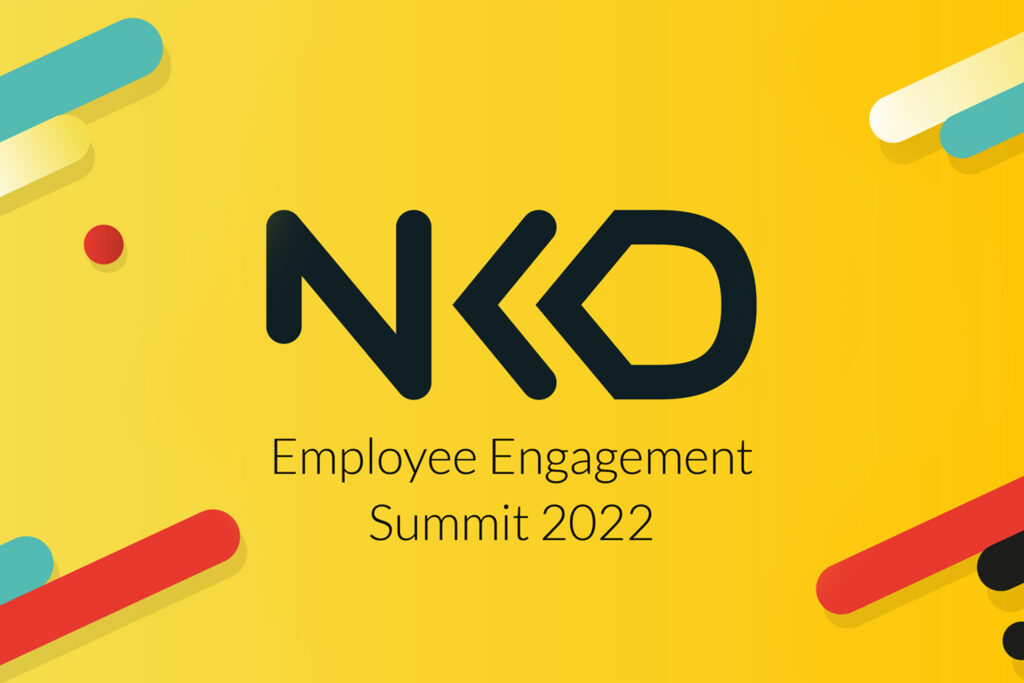Employee Engagement Summit: Wellbeing from Microsoft
The Employee Engagement Summit 2022, now in its 8th year returned back to London as a venue-based event, providing the hugely missed in-person experience. The 2022 summit saw hundreds of delegates gather to explore the future of employee experience in a hybrid world through case studies, live interviews and panel discussions from HR leaders at Amazon, Vodafone, TUI, Microsoft, Fortnum & Mason and more.
This year, the summit had a strong focus on maintaining culture, engagement and wellbeing in our increasingly hybrid world. This being my first Employee Engagement Summit, I was excited to meet likeminded people and share the NKD story with the different organisations. But, most of all, exploring some of the insights for creating a successful strategy to increase competitive advantage from some of the world’s most known brands…
Top Takeaway of the Day
I had the opportunity to listen to speakers from organisations from the likes of Microsoft, Vimeo, TUI and more.
A highlight of the day was learning more about Microsoft’s Wellbeing strategy. Chris Burton, EMEA Locations Manager, spoke about the approach Microsoft are taking to ensure that their employees’ Wellbeing is always top priority.
Here were some of her top tips:
1. Actions speak louder than words
When it comes to Wellbeing programmes the most important things that matter includes following through with actions, digging deep and finding the core problem.
2. Wellbeing starts with leaders or managers
Leaders and managers need to have proactive meetings on how they can make wellbeing a priority for employees. Burton believes wellbeing starts with ‘you’ (leaders or managers) and that it’s a trickle-down effect which will make the change.
3. Think about wellbeing holistically
Many things affect your wellbeing outside of physical health, such as financial security, career satisfaction, emotional health, and relationships. How can the workplace support this?
4. Measurement of Wellbeing
How frequent are you doing employee surveys or listening to your people? Increasing surveys, check-ins and one-to-ones will allow you to have a gauge of how your employees are feeling. Another alternative is considering a leadership round table where they listen to employees.
5. Encouraging good work-life balance
For those who continue to work from home, even if it’s only one or two days per week, their living and working spaces will have become one and the same. This makes it even more difficult to maintain a good work-life balance. As a leader, you must ensure your team are giving themselves the time to switch off at the end of each working day and relax.
Whether your company is considering wellness initiatives or has a solid programme already in motion, the most important thing is making sure the outcome is achieving healthy high performance.
Are you a manager or leader trying improve your wellbeing strategy, narrative and leadership within your organisation? Explore our new Wellbeing Toolkit which provides practical tools and learning activities helping wellbeing champions achieve greater reach and influence.


We loved sharing our experiences with you at the summit, if you’d like to keep the conversation going or if you missed us and want to pick our brains get in contact here.
